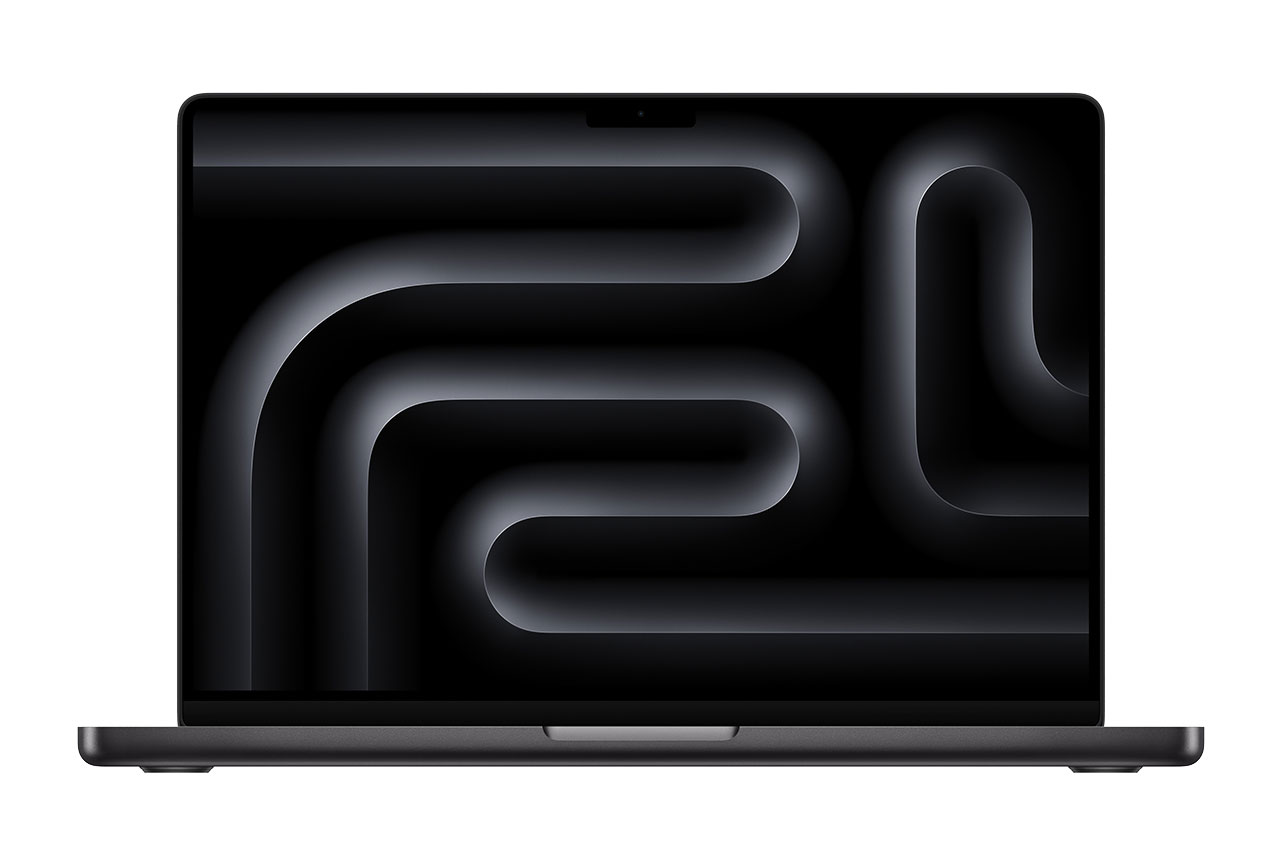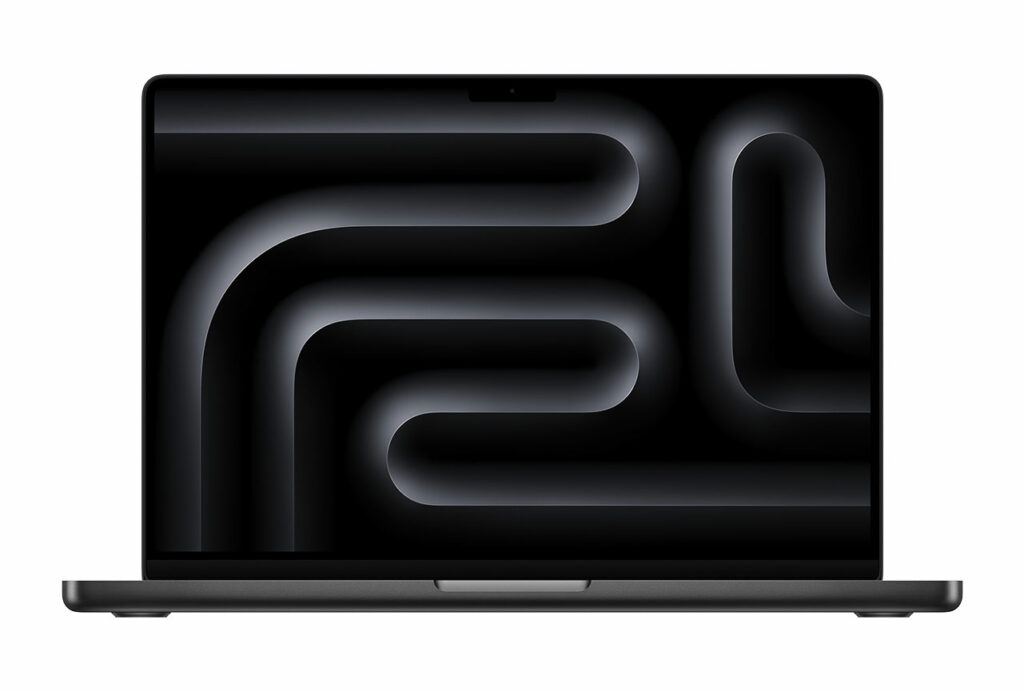We put the Apple MacBook Pro M4 through our rigorous DXOMARK Laptop test suite to measure its performance in sound, camera and display. In this review, we will break down how it fared in a variety of tests and several common use cases.
Overview
Scoring
Use-case and feature subscores included in the calculations of the global score

Apple MacBook Pro 14" (M4, 2024)
Pros
- Accurate exposure of faces, and extended dynamic range in all tested conditions
- Low level of noise and well-preserved details
- Subjects are always in focus
- Best-in-class HDR video rendering with wide gamut, accurate EOTF and very high peak brightness
- Comfortable for reading thanks to the anti-reflective coating and 1 nits luminance level adjustment
Cons
- Occasional color inaccuracies
- SDR videos lack some color saturation
Test summary
About DXOMARK Laptop tests: For scoring and analysis in our laptop reviews, DXOMARK engineers perform a variety of objective tests and undertake more than 20 hours of perceptual evaluations under controlled lab conditions and real-life scenarios. (For more details about the Laptop protocol, click here.)
The following section gathers key elements of our exhaustive tests and analyses performed in DXOMARK laboratories. Detailed performance evaluations under the form of reports are available upon request. Do not hesitate to contact us.
DXOMARK evaluates the image quality of the built in camera during video calls, whether with a single person or with multiple people, in a variety of lighting conditions. Our camera evaluation particularly assesses the ability of the built-in camera to clearly render human faces during video calls. Other intrinsic camera quality aspects are also evaluated, like color reproduction, texture and noise, as well as artefacts.
The MacBook Pro’s camera system’s performance was impressive, especially with the way human subjects were captured in varied conditions. The exposure of faces was rendered with accuracy, ensuring that skin tones remained natural even in challenging lighting. The extended dynamic range allowed both bright highlights and deep shadows to be well-detailed.
Noise levels remained low throughout, which helped in maintaining fine details across the frame. The subjects were consistently sharp and in focus on the whole range of tested distances.
However, at times, color inaccuracies emerged, slightly detracting from the overall color fidelity. Additionally, artifacts such as ringing and color quantization were occasionally noticeable, hinting at areas where the image processing pipeline could be further refined.
The level of image details and texture was comparable to what we observed in the previous generation of MacBook Pros.
The following chart presents the camera subscores for the video call use case:
Display
Apple MacBook Pro 14" (M4, 2024)
156
Through objective testing, DXOMARK evaluates the display performance by looking at 3 main aspects: Readability, HDR & SDR performances. While evaluating readability, our engineers will particularly focus on screen brightness, contrast, and reflectance, assessing the ease and comfort of viewing displayed images indoors. We also evaluate HDR & SDR performance while looking at video contents, verifying that the display rendering respects the original artistic intent of the filmmaker
The Apple MacBook Pro M4 excels in HDR video rendering, offering a wide color gamut, accurate EOTF (Electro-Optical Transfer Function), and very high peak luminance, making it ideal for high-quality video playback. The display’s anti-reflective coating ensures comfortable reading in various lighting conditions, and its ability to provide a luminance lower than 1 nits makes it perfectly suitable for dark room conditions. When it comes to color, it lacked some color saturation when playing SDR videos at maximum brightness.
The following chart presents the display subscores:
The following graphs show the objective measurements performed in our display lab:
cd/m²
cd/m²
cd/m²
cd/m²
cd/m²
cd/m²
cd/m²
cd/m²
cd/m²
 Distribution of brightness (min)
Distribution of brightness (min)
cd/m²
cd/m²
cd/m²
cd/m²
cd/m²
cd/m²
cd/m²
cd/m²
cd/m²
 Distribution of brightness (max)
Distribution of brightness (max)




